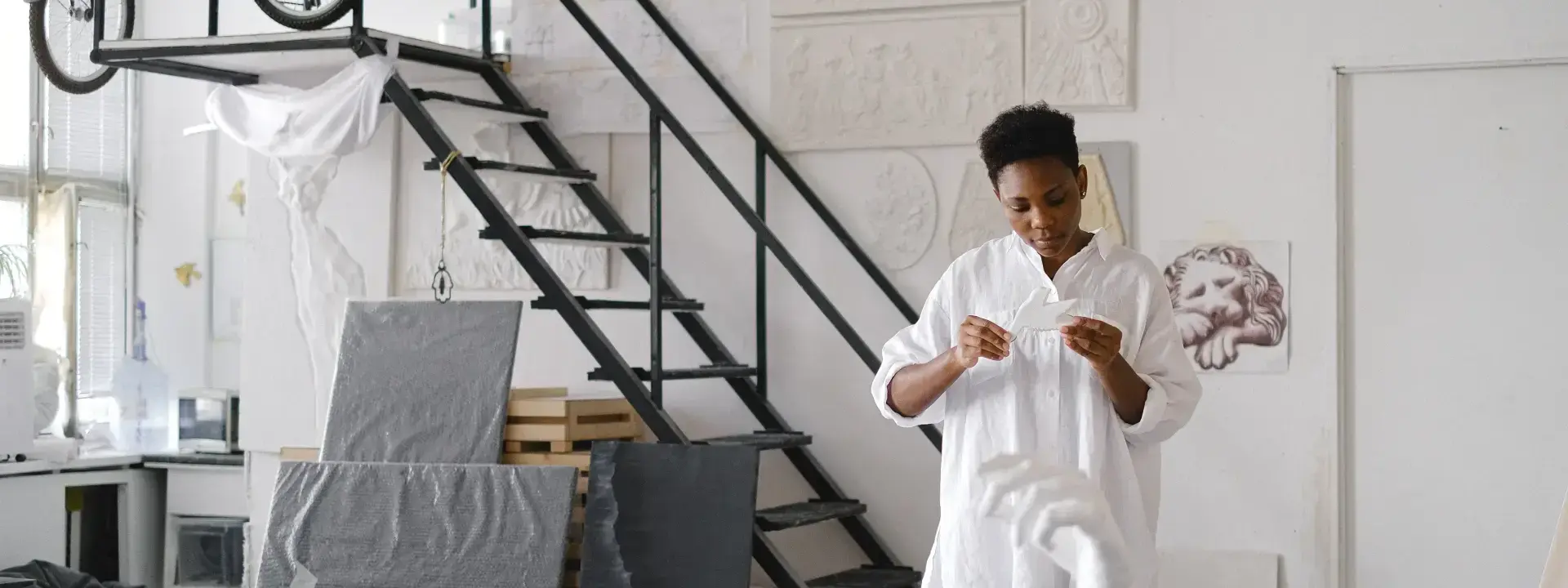
Sculptor Job Description
What is a Sculptor Professional?
A sculptor is an artist who works with three-dimensional media such as stone, metal, wood, or clay. Sculptors may use traditional hand tools and carving techniques, but increasingly they are employing industrial materials and processes in their work. The term “sculpture” can also refer to the resulting work of a sculptor.

What does a Sculptor Expert do?
Most people think of sculpture as static objects like statues or busts that sit on pedestals in parks or museums. However, many contemporary artists working in this medium create interactive sculptures that encourage audience participation; site-specific installations designed to be viewed from multiple perspectives; and large-scale public artworks intended to provoke thought or conversation about social issues.
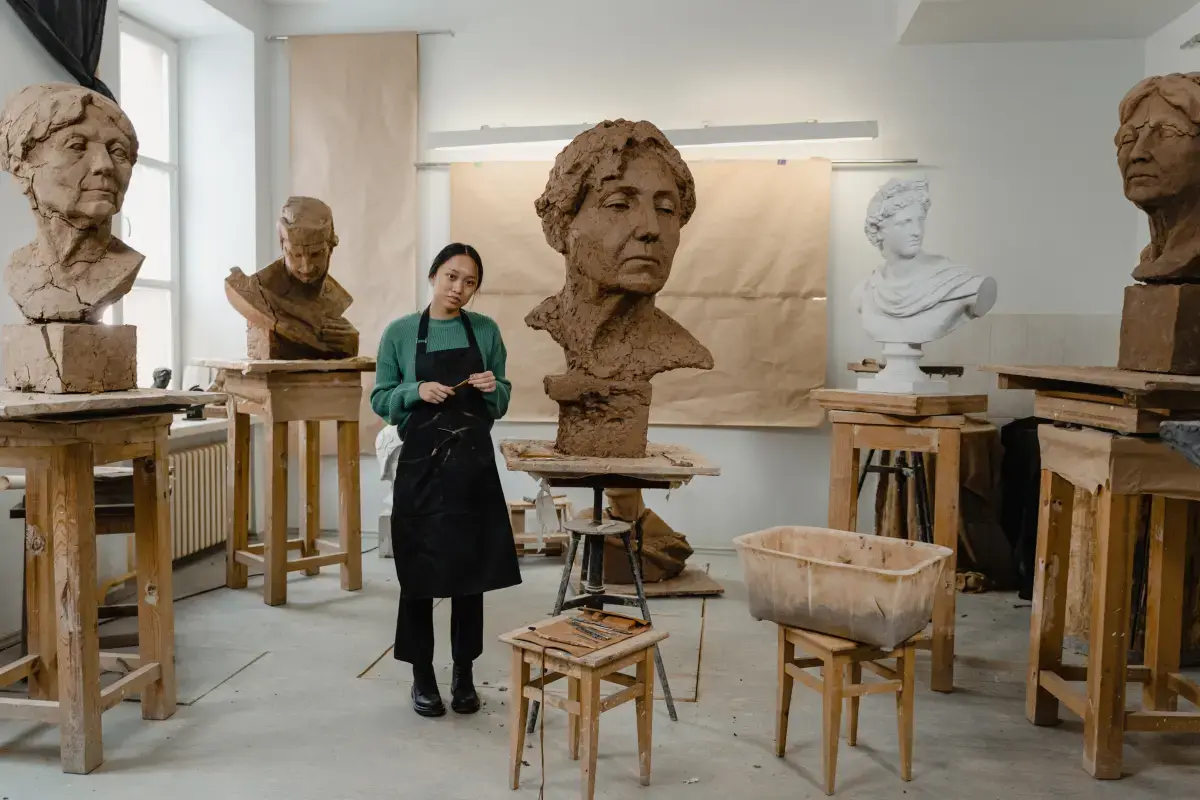
What are the Skills of a Sculptor?
A sculptor needs many skills and loads of experience to be any good. From an early age, a potential sculptor must show some aptitude for art, particularly three-dimensional work. A natural sense of harmony between forms is necessary, as well as the ability to see how positive and negative space can create specific shapes or volumes. Good hand-eye coordination is obviously important in manipulating materials; so too is stamina because most sculpting involves long periods of standing or crouching.

What makes an Expert Sculptor?
As with all artists, observation skills are critical for a successful career in sculpture – the ability to look at people, animals or objects and mentally dissect them into their component parts. This helps when it comes time to represent something in 3D form using clay modelling techniques or direct carving methods. Understanding anatomy is also essential for those wishing to produce realistic renditions of humans or animals; drawing classes will come in handy here (and indeed throughout one’s career as a professional artist).
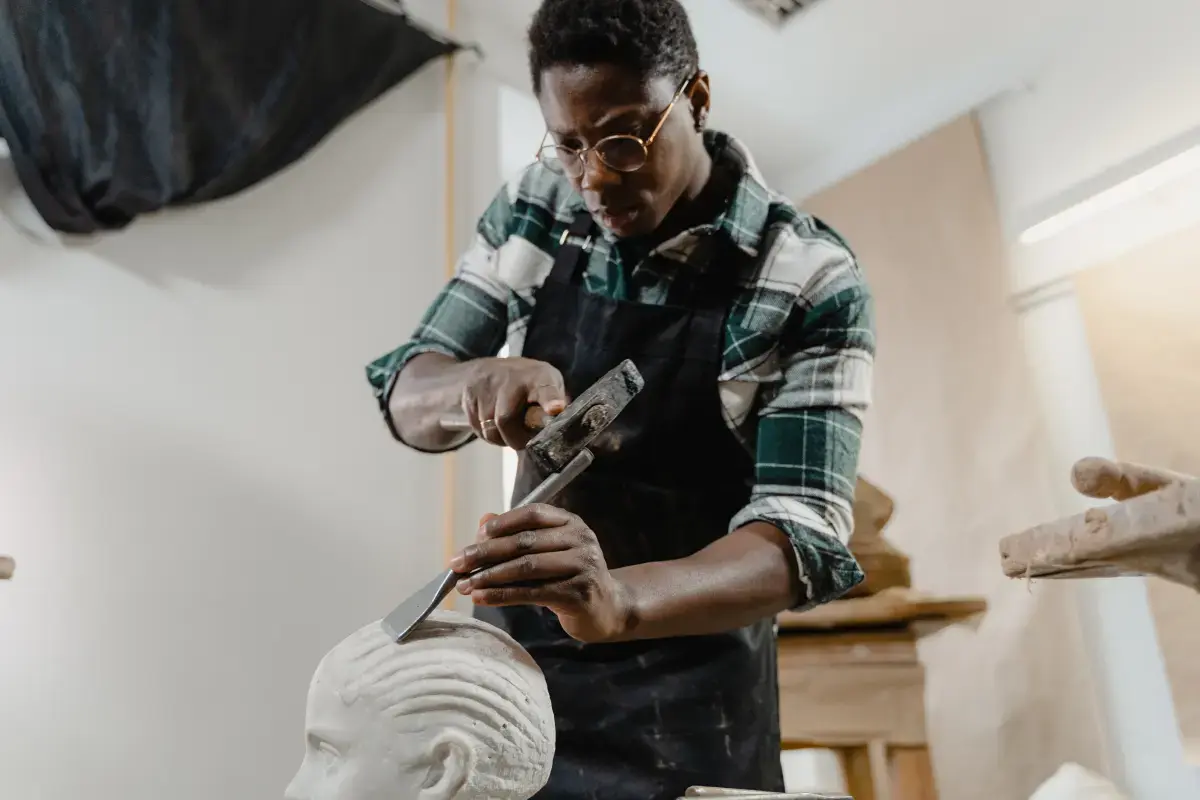
What level of Experience & Qualifications are required to be a Sculptor?
Industry Experience: - 4 or more years working as a professional sculptor with an established artist portfolio - Demonstrated mastery of producing artwork from clay, stone, metal, wood and mixed media - Experienced in creating large scale sculptures for outdoor placement Training: - Knowledgeable of traditional techniques for sculpting various materials including welding and carving processes Qualifications/Certification: - Qualified to teach others the art of sculpture through formal education or professional workshops/seminars Education: - Bachelor’s degree in design studies, visual arts, fine arts or related field preferred but not required
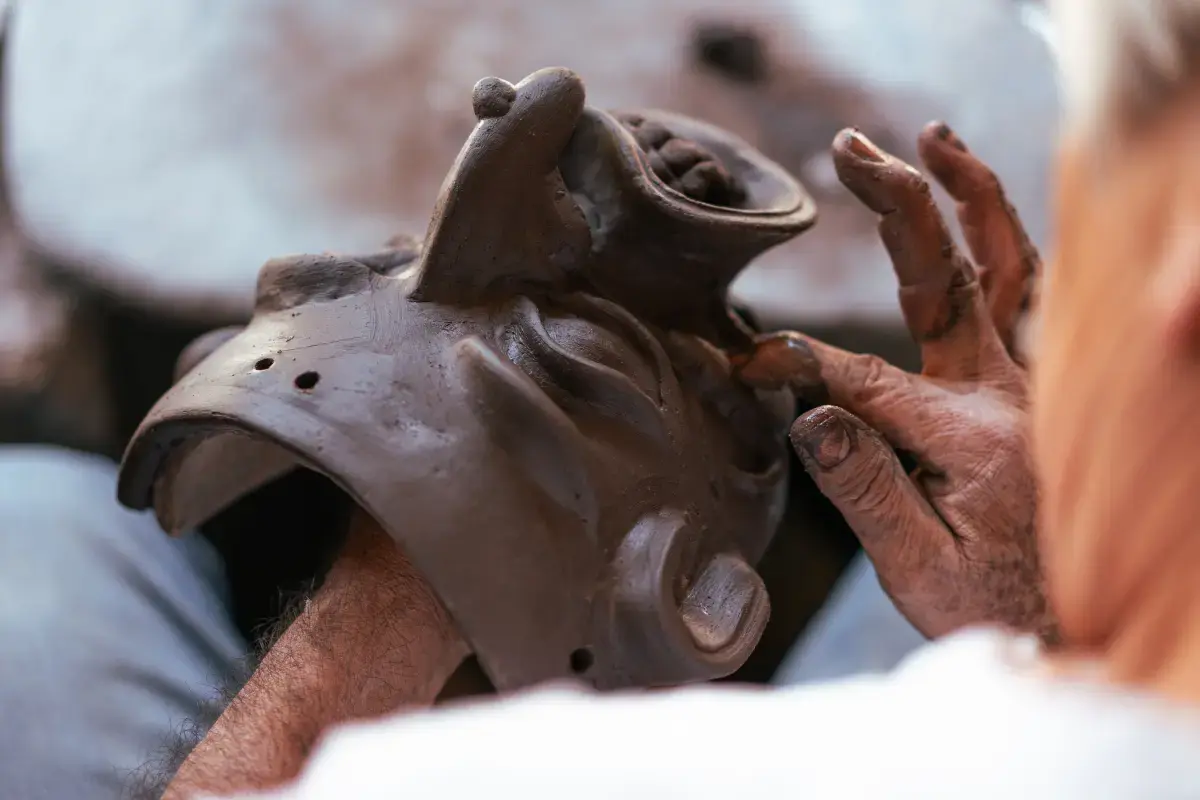
What is the Salary of a Sculptor?
Junior Sculptor: A junior sculptor typically makes anywhere from $13-18 per hour or $30,000-$45,000 per year depending on the size of the company. Most junior sculpture positions involve assistant duties such as creating moulds and wax casts while developing their skills under the supervision of a senior sculptor. Some jobs require an apprenticeship period before being hired as a full time employee. Mid-Level Sculptor: Mid-level sculptors are often responsible for independent projects and design work in addition to taking on more intricate tasks than those required at the entry level. Salaries for mid-level sculpture positions range from $20 -$27 per hour or about $50,000-$60,000 annually on average depending on experience and location. These professionals can also secure better working conditions as they gain more experience in their area of expertise. Senior Sculptor: Senior level sculptures may make between $37 -$47 per hour which would equate to an annual salary ranging from low six figures up to mid seven figures depending on experience and where they are located geographically within their state or country of residence Senior sculptures may have design autonomy over entire projects but will generally still be assisted by lower levels studio personnel during actual production stages. They may even direct work flow when delegating tasks related to sculpture fabrication . Higher salaries come with advances skill sets such as virtual prototyping software usage that increases labor productivity significantly or expert consultations involving legal contracts
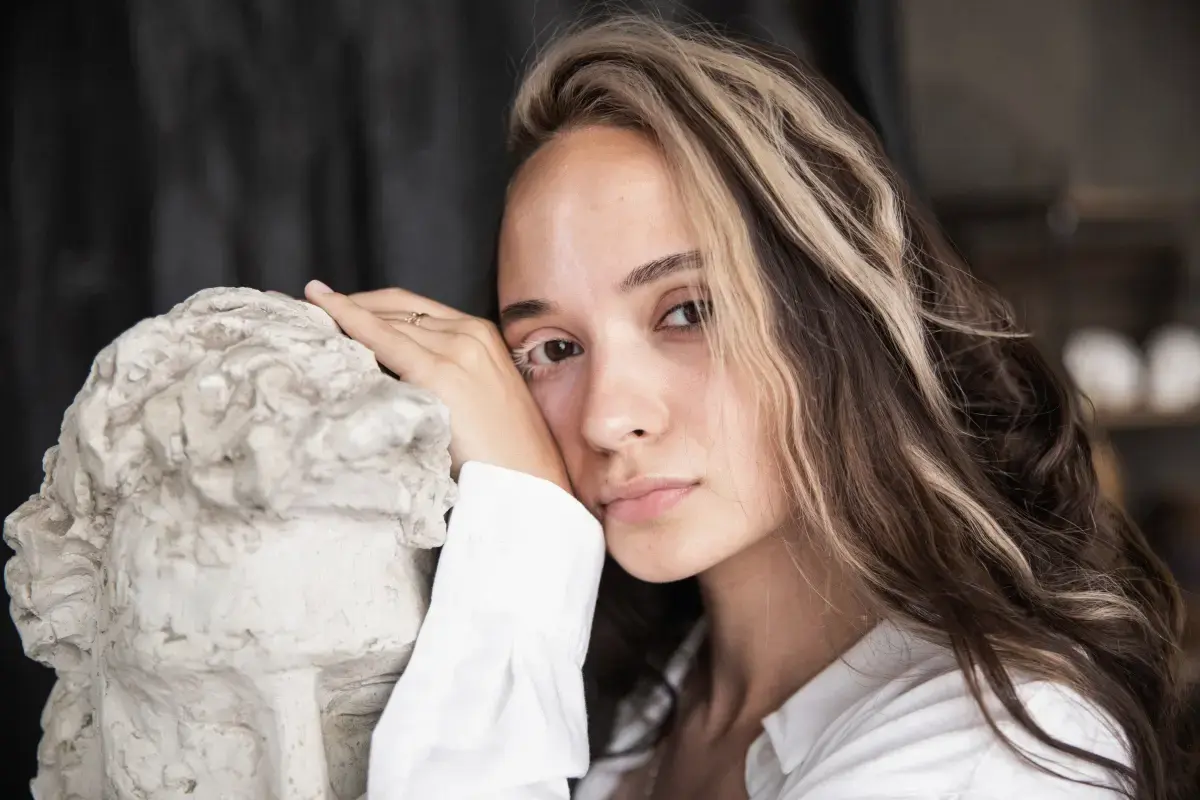
What are the Working Conditions for a Sculptor?
Working conditions for sculptors vary depending on the type of work they are commissioned to create, as well as the environment in which they are located. Many sculptors work out of a studio space and use materials such as clay, plaster, stone or metal to create their pieces. The hours can also vary greatly; this is highly dependent on whether or not they have been established with any clients/contracted exhibitions. A sculptor may be required to stand for long periods of time working with their hands and various tools when creating a piece from scratch or finishing details. Additionally, care must be taken when using sharp tools such as knives and chisels for carving that an injury does not occur. Moreover, a specific safety equipment may have to be used when melting metals etc., depending on what kind of material you are working with at any given moment. Finally, its important that during break times (lunchtime especially) you rest off your feet in order give your body time to recover from prolonged standing/working periods - particularly if ones back starts feeling affected by hours spent bent over trying to complete fine detailing elements within the sculpture created so far!
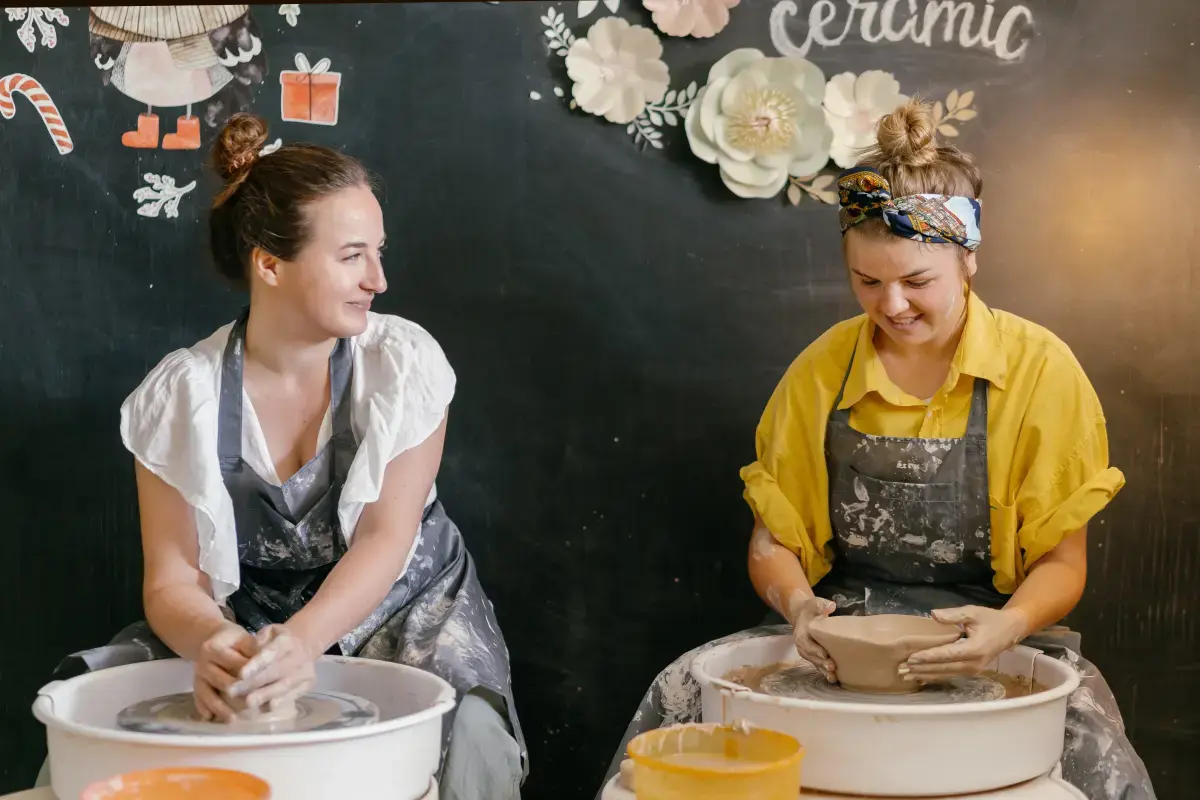
What are the roles and responsibilities of a Sculptor?
Creating three-dimensional works of art using materials such as clay, stone, metal, wood, or glass
Planning the overall design and composition of a sculpture
Deciding on the size, scale, and proportion of a sculpture
Carving out rough shapes from blocks of material or molding them into forms using plaster or other substances
Refining the form by chiseling away excess material or adding details with hand tools or power tools
Casting sculptures in bronze or other metals using molds
Assembling smaller pieces together to create larger structures
.Polishing surfaces to achieve a desired finish
(painting) Applying finishes such as paint , gilding , stain , etc., to further enhance the appearance
Repairing broken parts
Restoring old artwork
Making reproductions
Working within specific site constraints
Adapting plans during construction
collaborating with architects , engineers
Installing completed work
commissioned BY CLIENTS OR SELECTED FOR PUBLIC SPACES
seeking feedback from clients / viewers
Creating proposals for new projects
keeping up with current trends

Where can I find Sculptor jobs?
- Create a profile on gigexchange and promote your Sculptor skills to advertise you are Open to New Work Opportunities
- Ensure your Resume (or CV), or online work profile is up to date and represents your skills and experience. Ensure your reputation reflects your ability & attitude.
- Apply for Sculptor Jobs advertised on gigexchange.
- Practise Sculptor interview techniques to ensure you represent your personality and ability succinctly and confidently.
- Accept the job offer if the salary meets your expectations and the employer mission and purpose reflects your core values.
Jobs
What are the best job boards for Engraver jobs?

How can I hire Sculptor staff online for my business?
The best job board for recruiting Sculptor experts is gigexchange.com. Advertise full-time, part-time or contract jobs to find, hire & recruit trusted, experienced and talented Sculptor candidates near you.
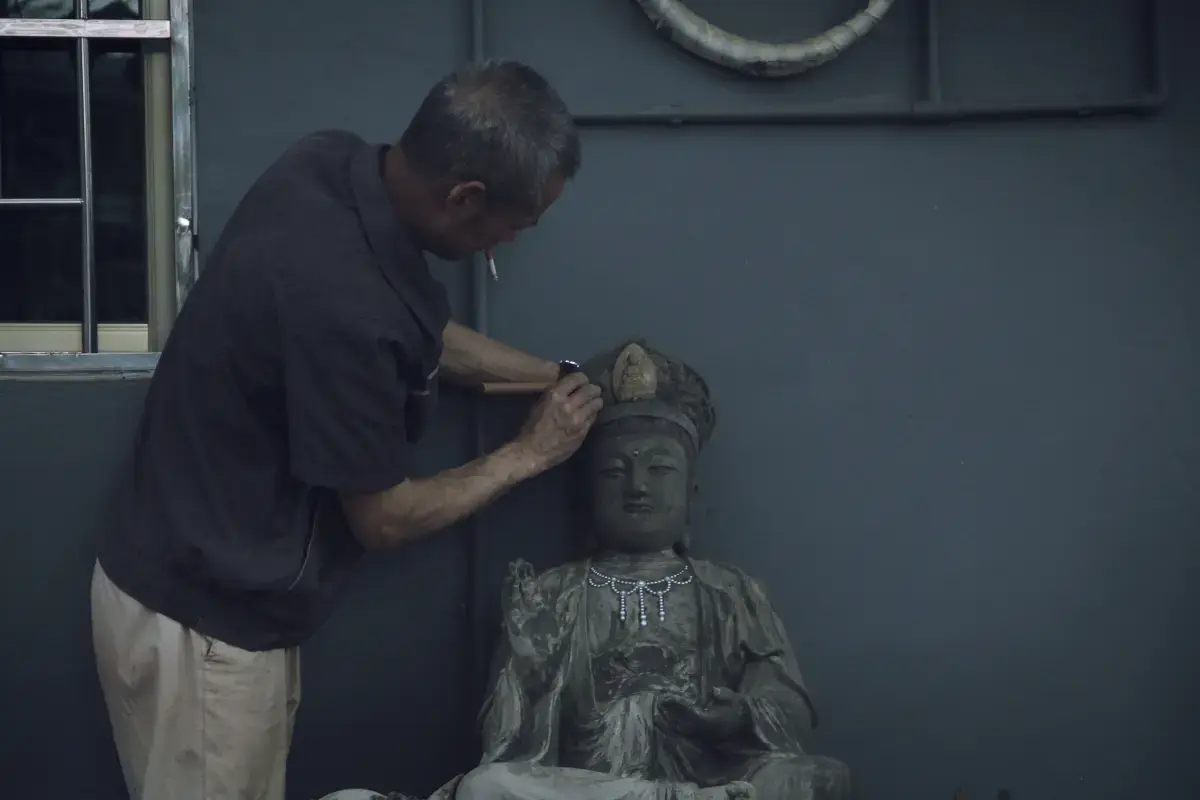
Are Sculptor roles in demand in 2025?
Sculptor experts are still in high demand in 2025. If you are an experienced Sculptor or looking to train and become one. The job market is looking strong for Sculptor jobs near me.